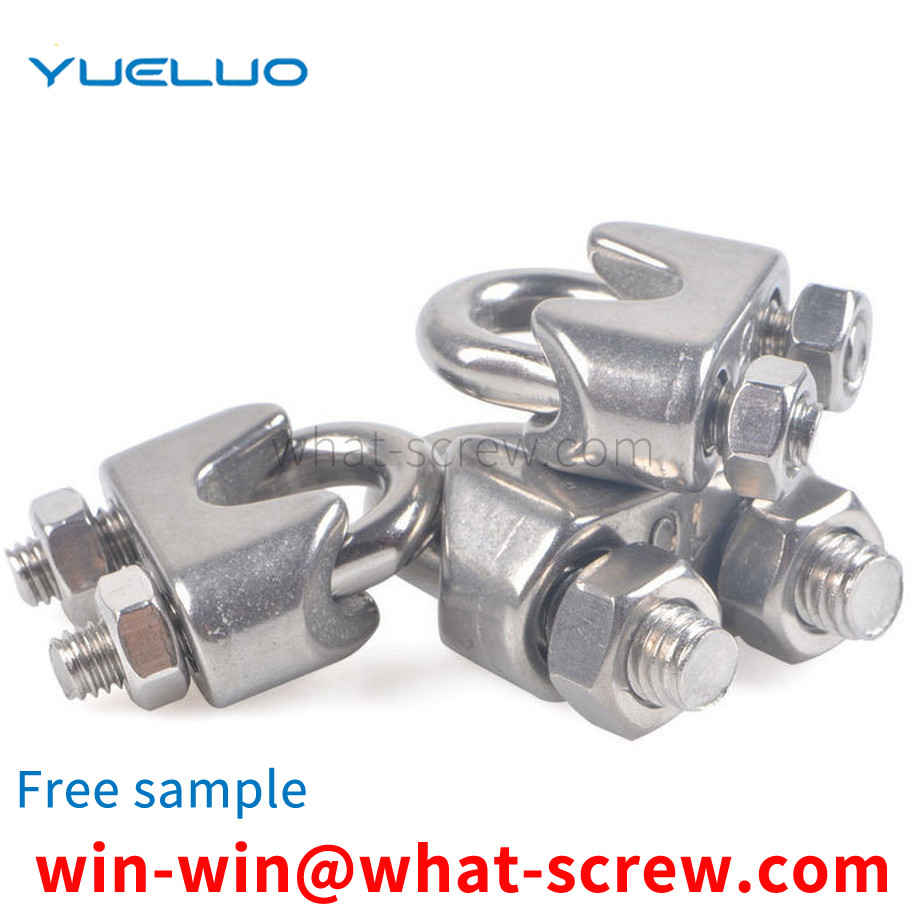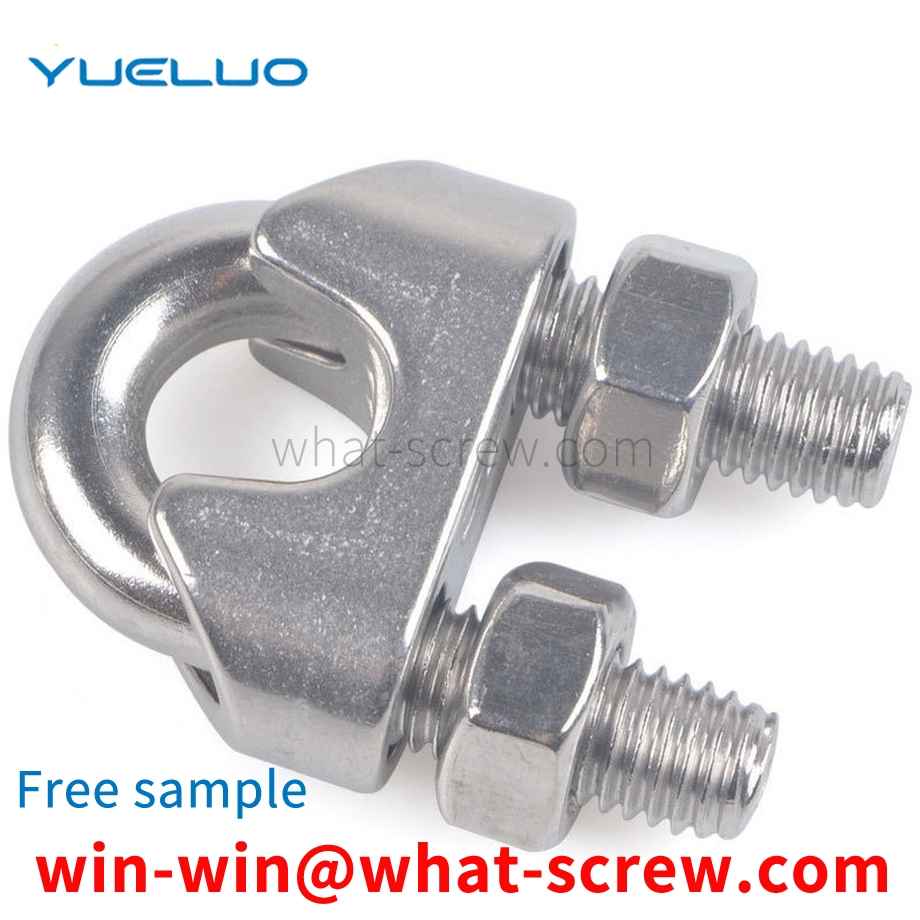The circlip is a common limiting element in the mechanical field, which is mainly used to limit the axial limit of mechanical parts. At present, the common circlips on the market are all circular rings with an opening. The circular ring has a certain elastic deformation capacity. When in use, the circlip can be detachably assembled to the mechanical on the part. However, the defect of the circlip adopting the one-piece ring is that the circlip is easily broken when frequently disassembled and used, and the service life is short.
In the process of driving the car, it is inevitable to use the brake frequently, which will cause the gap between the brake drum and the friction pad of the car to become larger. Therefore, it needs to be adjusted in time, otherwise, the hidden danger of unsafe driving will be buried due to the excessive braking distance and the out-of-round brake drum. Therefore, motor vehicles must be equipped with automatic adjustment arms. In the existing automatic adjustment arm, the worm inside the housing is limited by the spring pad, the spring and the spring cover, and the end face of the spring pad is directly in contact with the worm, and the rotation of the worm is inflexible due to frictional resistance during rotation.
Existing bolt pairs usually include bolts, nuts and washers, and their specific structures and usage methods are traditionally known and common in life. They will not be described in detail here. You can find relevant bolt pairs by searching for bolt pairs on the Internet. Information picture, the structure of the ordinary bolt pair has basically no structural improvement since it was used as a fastener. The production requirements of ordinary bolt pairs are the basic material, structural strength, and accuracy requirements, while the tightening and anti-loosening requirements The requirements of the effect are basically to achieve the problem of tightening and anti-loosening by using elastic washers, anti-loosening washers or using double nuts.
Inspection method There are two types of screw surface inspection, one is the inspection before the screw is produced and not plated, and the other is the inspection after the screw is plated, that is to say, after the screw is hardened and the surface of the screw is treated. . After the screws are produced and before electroplating, we inspect the screws in various aspects such as size and tolerance. See if there are national standards or customer requirements. After the surface treatment of the screws, we will inspect the plated screws, mainly to check the color of the plating and whether there are any broken screws. In this way, when we deliver screw goods to customers, customers can successfully pass the customs when they receive the goods. Inspection of screws after treatment: 1. Appearance quality requirements The inspection of the appearance of screws is carried out from the aspects of appearance, electroplating layer and so on. Second, the inspection of the thickness of the screw coating 1. The measuring tool method uses a micrometer, a vernier caliper, a plug gauge, etc. 2. Magnetic method The magnetic method is used to measure the thickness of the coating layer, which is a non-destructive measurement of the non-magnetic coating layer on the magnetic substrate with a magnetic thickness gauge. 3. Microscopy Microscopy is called metallographic method, which is to magnify the etched fasteners on a metallographic microscope with a micrometer eyepiece to measure the thickness of the coating on the section. 4. Timing flow method The timing flow method uses a solution that can dissolve the coating to flow on the local surface of the coating, and calculates the thickness of the coating according to the time required for the local coating to dissolve. There are also coating drop method, anodic dissolution Coulomb method, etc. 3. Inspection of the adhesion strength of the screw coating There are many methods for evaluating the adhesion between the coating and the base metal, usually the following. 1. Friction polishing test; 2. File method test; 3. Scratch method; 4. Bending test; 5. Thermal shock test; 6. Extrusion method. 4. Inspection of corrosion resistance of screw coatings The corrosion resistance inspection methods of coatings include: atmospheric exposure test; neutral salt spray test (NSS test); acetate salt spray test (ASS test), copper accelerated acetate salt spray test (CASS) test); and corrosion paste corrosion test (CORR test) and solution spot corrosion test; immersion test, inter-dipping corrosion test, etc.
Traditional rivet nuts are usually cylindrical, and special tools are required to complete the riveting operation between the workpiece and the sheet, and tools are completely required for locking. And in the actual production process, it is often encountered that there are square holes on the workpiece, and bolts need to be installed in the square holes, especially in the power cabinet and the control cabinet when the workpiece with prefabricated square holes is used as the main frame, due to Due to the special structure of the workpiece, the installation nut can only be inserted from the side, and the installation cannot be completed when the side installation space is limited, which brings inconvenience to the installation.
We have many years of experience in the production and sales of screws, nuts, flat washers, etc. The main products are: hexagonal aluminum column FPV model long nut through the rack, camera stud, HTP plastic isolation column, open type sheep's eye screw and other products, we can provide You have the right fastener solution for you.



















 Service Hotline
Service Hotline




